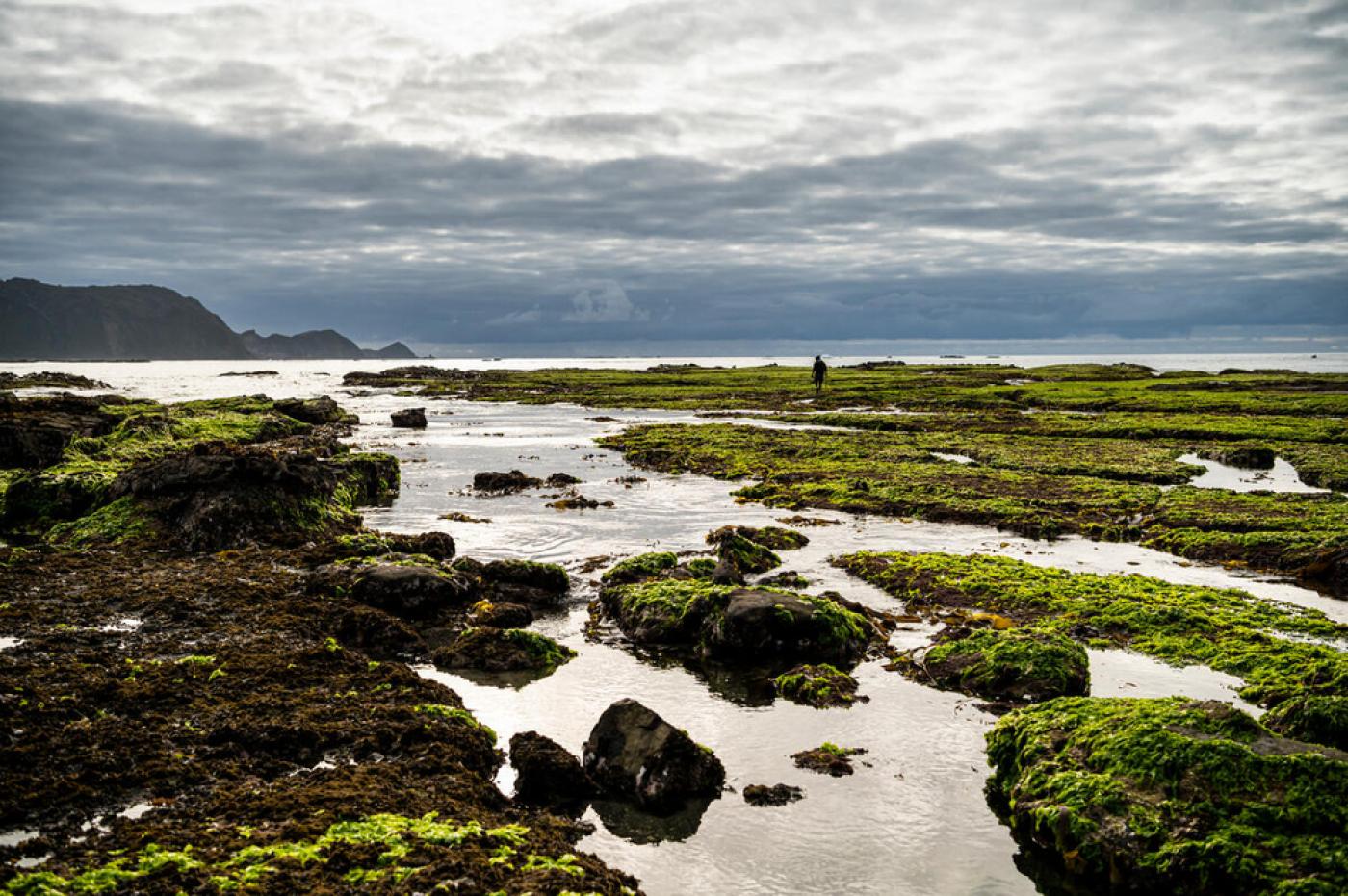The Cells of Ecosystem Functioning: Towards a holistic vision of marine space
Marine space is three dimensional, the turnover of life forms is rapid, defining a fourth dimension: time. The definition of ecologically significant spatial units calls for the spatio-temporal framing of significant ecological connections in terms of extra-specific (biogeochemical cycles), intra-specific (life cycles), and inter-specific (food webs) fluxes. The oceanic volume can be split in sub-systems that can be further divided into smaller sub-units where ecosystem processes are highly integrated. The volumes where oceanographic and ecological processes take place are splittable into hot spots of ecosystem functioning, e.g., upwelling currents triggering plankton blooms, whose products are then distributed by horizontal currents, so defining Cells of Ecosystem Functioning (CEFs), whose identification requires the collaboration of physical and chemical oceanography, biogeochemistry, marine geology, plankton, nekton and benthos ecology and biology, food web dynamics, marine biogeography. CEFs are fuzzy objects that reflect the instability of marine systems.


